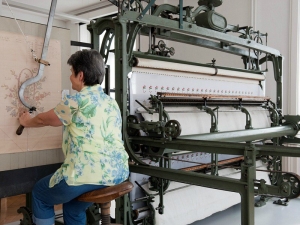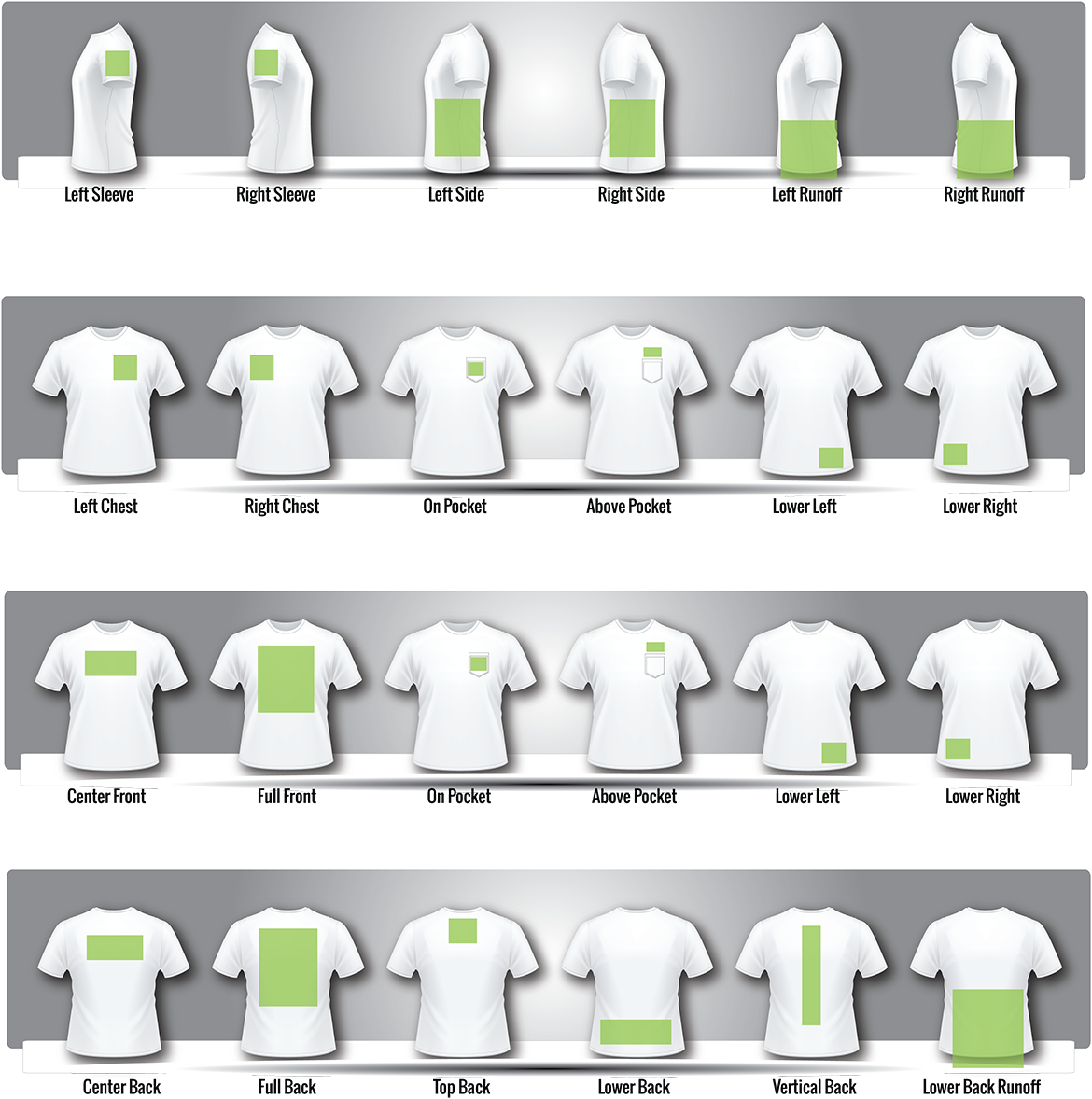Some More History...
Although rudimentary forms of embroidery have been with us since the dawn of recorded history, what we know as modern embroidery has only been with us since the 16th century. Into the 18th century, pattern and sampler books became popular for young women, and consisted of practice stitches and repeating designs. With the advent of the industrial revolution, an automated machine was invented in France by Josué Heilmann in 1832. It consisted of a pantograph-style mechanism which an operator used to hand-trace a pattern that was then sewn using a double-pincher system of needles in series.
With the digital revolution came computerized embroidery, and in the present, we can quickly create programs which tell the embroidery machine where to sew and with what color of thread. This process is called digitizing and is necessary to set up prior to running an embroidery job. Generic names and numbers are referred to as monograming, and since this is not a special pattern it does not require the digitizing step.


